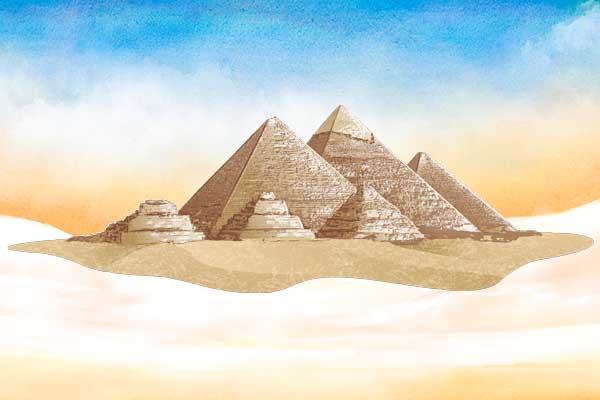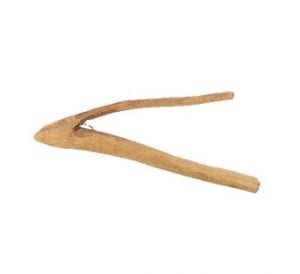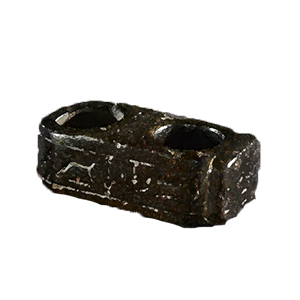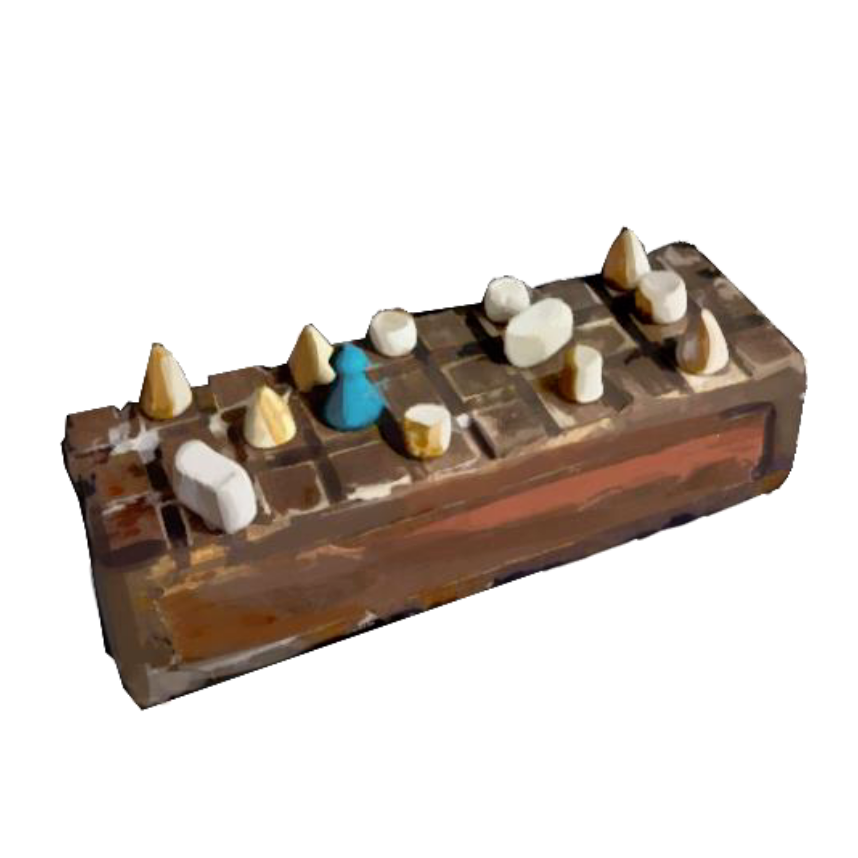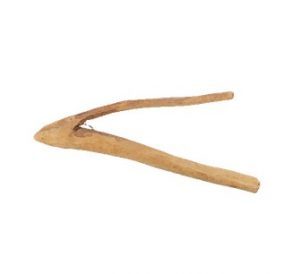Giza Egypt Inquiry Lesson
Ancient Giza Egypt
A World History Lesson Worksheet
An archaeology analysis lesson on the importance of ancient Giza Egypt. Activate student interest before playing Excavate! Egypt or use it in your ancient Egypt world history classroom studies. Invite students to describe artifacts and hypothesize their use in ancient Egypt. Use describe, interpret, and evaluate (D-I-E) lessons to record archaeology artifact observations during game-play or as a per-lesson activity to check their hypotheses for accuracy. It is a fun way to prepare and engage with content while playing Excavate! Egypt.
Award Winning Excavate! Egypt
Always Free to Play
Loved by Thousands of Students and Educators
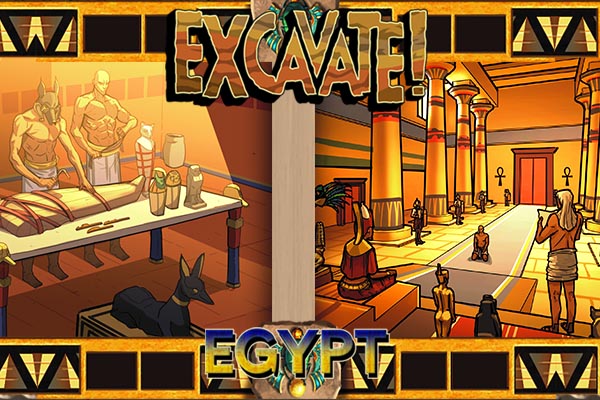
Giza Egypt Lesson Overview
Objective:
Students will describe and infer the significance of Egypt artifacts found in an archaeological site in preparation for playing the Giza site in Excavate! Egypt or your Ancient Egypt lessons.
Duration:
Approximately 30 minutes with a potential follow-up lesson of 20 minutes (after playing the Giza Egypt site of Excavate! Egypt or your standalone unit activity.
Materials:
This history lesson worksheet PDF document includes:
- Student D-I-E organizer
- Artifact Resource Sheet for the Giza Egypt site
- Teacher answer sheet for the D-I-E organizer
Includes Ancient Egypt lesson for Giza, Alexandria, Karnak and Valley of the Kings
The Egyptian Artifacts
Four Artifacts for Students to Analyze in the Lesson Plan
Introduction: Describe
Estimated Time: 15 minutes
In this part of the worksheet activity you explain to students that they will be exploring artifacts related to the ancient city of Giza Egypt. Their first job is to carefully preview the artifacts by describing them in detail.
Step 1: Students look carefully at artifacts on the Artifact Resource Sheet.
Step 2: Students write descriptions of each artifact in the describe column of the Student D-I-E Organizer. Pay close attention that students are only writing descriptions and not explaining what the artifact is and how it is used.
Step 3: Share as a class the descriptions and notice if anyone has found a new detail or something that they initially did not see. Emphasize that spending time on the description step of this process is necessary for seeing all the details that can generate new insight.
Preparing to play Excavate! Egypt: Interpret
Estimated Time: 15 Minutes
Playing the game is of course optional but since it is our only Excavate! game that is free you might want to see if you can incorporate the game into your lesson unit.
Step 4: Students hypothesize what each artifact would have been used for by answering the questions in the Interpret column of the Student D-I-E Organizer. Push students to back up their thoughts based on what they have included in their description.
Step 5: Share as a class and keep a record of what students think of each one of the artifacts. Do not correct students. Explain that as they play the game they will encounter these artifacts and will find out if their hypotheses were correct.
Post-Game Recap: Evaluate
Estimated Time: 20 minutes
Step 6: Play the Giza Site of Excavate! Egypt. Have students correct their interpretations on the Student D-I-E Organizer.
Step 7: Share new observations learned about each artifact while playing Excavate! Egypt.
Step 8: Have students complete the Evaluate column in the Student D-I-E Organizer. See examples on the Teacher Answer Sheet.
This activity could be extended as follows:
Facilitate discussion on the importance of Giza society and how these artifacts have facilitated new insight.
Have students write a reflection on which artifact was the most surprising and why.
Sample Artifact Answer Key
Note: the PDF download contains all keys
Item:
Describe: What is the material of the artifact? What is its shape? Does it have any symbols?
angled -bone, wood, or clay
Teacher Reveal: This is made of stone
____________
Interpret:
What is it used for? What is this object?
this is tool – this is a weapon
Teacher Reveal: This is a tool for building
____________
Evaluate:
What does the artifact tell us about the people that used this artifact? What does the artifact possibly tell them about their society?
Teacher Reveal: The ancient Egyptians often used tools to make tasks easier. This pick would have been used much like a spade today to dig/move dirt more easily. The longer part is the handle and the shorter part would swing down to the dirt.
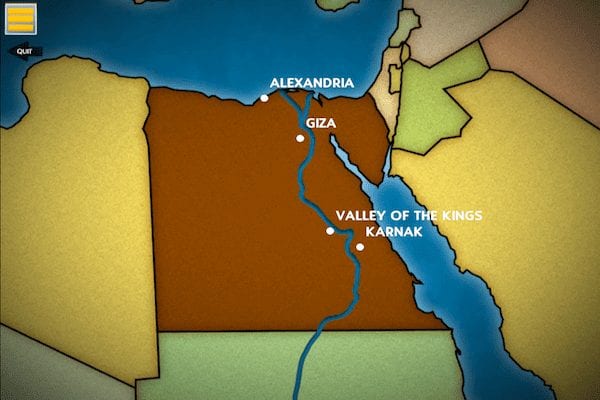
Did you know?
The largest pyramid ever constructed was built by King Khufu. It stands at 481 feet tall and has become known as the Great Pyramid. The pyramid covered 568,000 square feet of area.
Teacher Resources
The Digital Giza Project
One of the most comprehensive libraries of information on archaeology activities at the Giza locations of Egypt. Hosted by Harvard University it includes a comprehensive timeline of expeditions that lead to a deeper understanding of Ancient Egpyt. The site includes additional lessons, 3D tours and other multimedia.
Architectural Marvels of Egypt
A lesson plan shared by PBS that aides in the study of pyramids, temples, and obelisks, other significant architectural marvels.
Artifact Based Question Prompts
These are additional lesson plan worksheets provided by DiG-iT! Games. Use this scene combined with artifacts from the game to have your students answer a DBQ assignment that will demonstrate their learning. (rubric included)
World History Games
Explore all the Excavate! game titles including the empires of Rome, Greece, Egypt, Mesopotamia, MesoAmerica and Byzantine.

